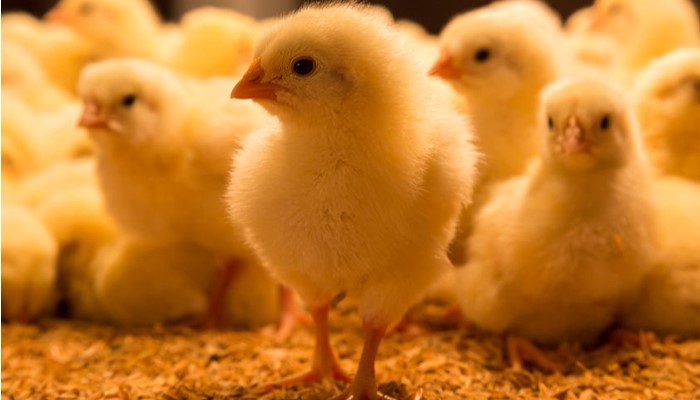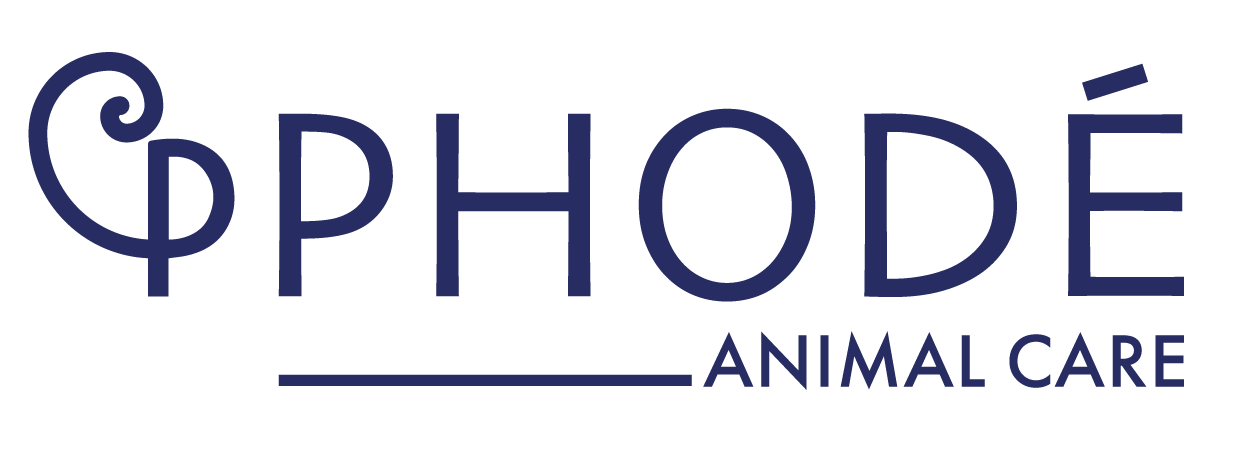Starter feed is the key in the development of young poultry. During the first 7 days after hatching, the chicks must learn to breathe out of their protective shell, regulate their own body temperature and quickly consume the “starter feed” provided. The management of the barn, with the adjustment of ventilation and temperature control, helps to increase the chances of a successful start. The most important challenge remains the feed intake.

The role of starter feed
After hatching, the chicks arrive in their building. A brand new environment, with new congeners, new feeders, new waterers, in short a lot of elements to be apprehended when there is no mother hen on the horizon… In a more natural environment, at the exit of the egg, it is the hen who tells the young where the feed is and what to do with it. But in breeding, despite the striking red colour of the feeders, the attractiveness of the starter feed becomes fundamental.
A good start means good feed consumption
The early life stages of the chick are marked by high physiological (physical limits) and ethological (behavioural attitudes) stakes, determining the level of future production. In addition, broilers and layers have increasingly promising genetic potential with very short production cycles. In order to reach a significant live weight or to start laying eggs in a very short time, it is better that the feed intake of the first days is successful because it is during this decisive phase that the animal will determine the expression of its genetic capital.
What are the physiological challenges facing the young bird?
In the egg, the chick is fed by the yolk sac. After hatching, the digestive organs develop very rapidly. For example, the intestine and its villi are formed, and at the same time become functional. The consumption of starter feed stimulates the growth of the digestive organs. The chick must therefore consume as soon as it arrives at the farm, and homogeneously within the batch.
Optimal growth and homogeneity of the batch: the winning combination to win the race
Of course the combination is obvious but not so easy to implement, the early ingestion of the chick lover is decisive but the slightest hazard can act on the appetite of the animal: the novelty of the environment, social stress factors, diseases, feed quality, etc. … each of these hazards will lead to a drop in starter feed consumption and the delay will never be compensated for. In top of that, there is the criterion of homogeneity. To have a homogeneous poultry batch, it is necessary to limit the individual variations of ingestion. The individual potentials of each chick must be taken into account for an optimal start. In spite of the precision of poultry husbandry, there are always ways of improvement.
– Playing on the palatability and attractiveness of the starter feed
– In ovo-feeding
– Using early behavioural indicators: chick peeping
In any case, it is important to look at it from the point of view of the main concerned party: the chick itself. To get the best, the chick must be placed in conditions which are beneficial to it.












